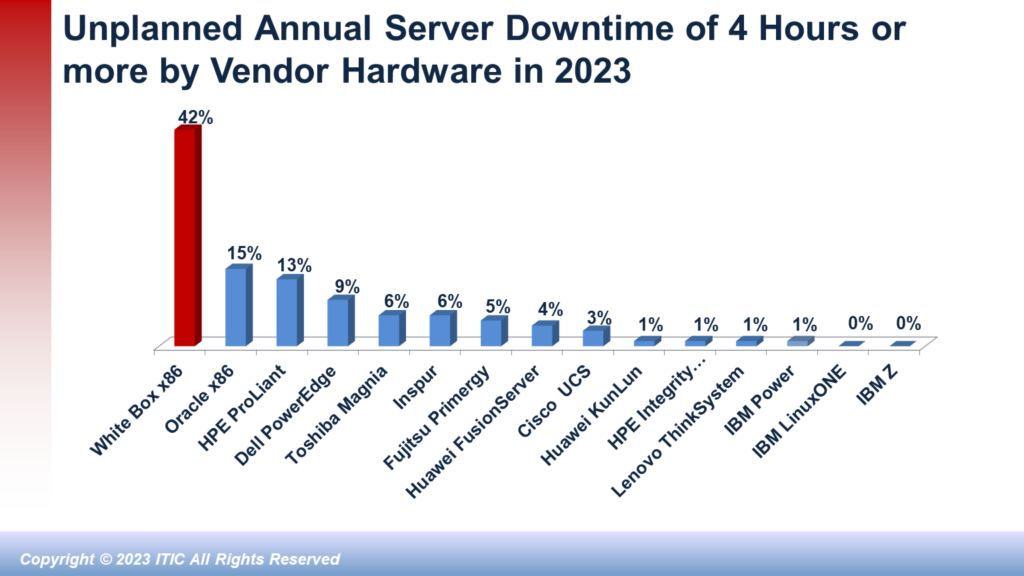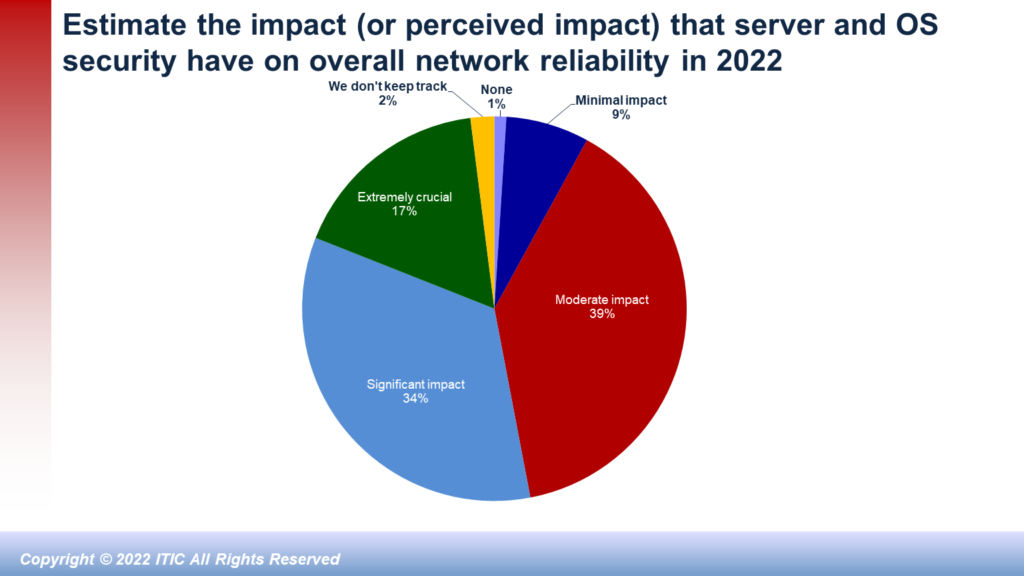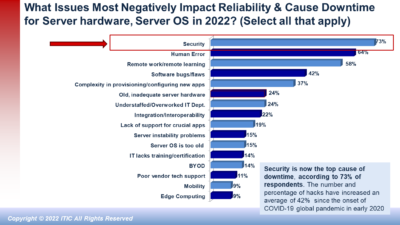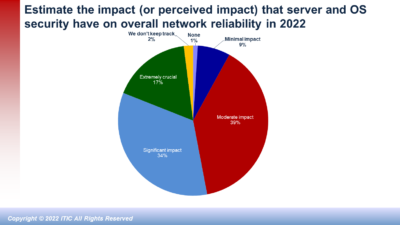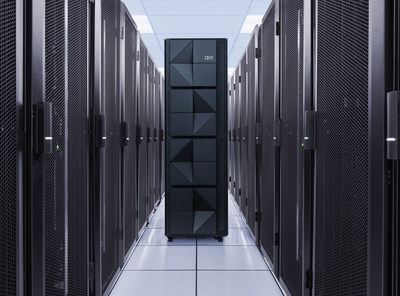IBM will acquire open source software and cloud services company Red Hat in a $34B all-cash deal – approximately $190 per share – executives for both firms announced during a joint Monday morning Webcast.
Once the acquisition is complete sometime in the latter half of 2019,Red Hat will become a standalone business unit within IBM’s Hybrid Cloud Team, both companies said in a joint press release. This will preserve the “independence and neutrality” of Red Hat’s open source development heritage and commitment, current product portfolio and go-to-market strategy, and unique development culture. Red Hat will continue to be led by current CEO and president Jim Whitehurst and its current management team. Whitehurst will join IBM’s senior management team and report to IBM chairman, president and chief executive Virginia “Ginni”Rometty. IBM executives said during the Webcast that it intends to maintain Red Hat’s current Research Triangle Park, N.C. headquarters, facilities, brands and practices.
Rometty heralded the Red Hat acquisition as a “game changer” and said it’s all about “resetting the cloud landscape.” IBM’s $34B purchase of Red Hat will be the biggest acquisition in the company’s 107-year history and the price tag equals one-third of IBM’s $105.38B total market valuation.
Rometty clearly feels Red Hat is worth the investment. On Monday’s Webcast she stated that the deal will make “IBM and Red Hat the undisputed Number One leader in hybrid cloud. Our IBM cloud platform is growing like crazy,” Rometty said, adding that “Hybrid cloud is an emerging $1 trillion market.”
The acquisition has been approved by the boards of directors of both IBM and Red Hat. It is subject to Red Hat shareholder approval. It also is subject to regulatory approvals and other customary closing conditions. Meanwhile, IBM intends to suspend its share repurchase program in 2020 and 2021.At signing, IBM has ample cash, credit and bridge lines to secure the transaction financing. The company intends to close the transaction through a combination of cash and debt.
During the Webcast, Rometty made the case for growth in the hybrid cloud market segment claiming that “most companies today are only 20 percent along” their cloud journey, renting compute power to cut costs. The next 80 percent is about unlocking real business value and driving growth. “This is the next chapter of the cloud. It requires shifting business applications to hybrid cloud, extracting more data and optimizing every part of the business, from supply chains to sales,” Rometty said.
Red Hat’s Whitehurst was equally enthusiastic about the forthcoming IBM acquisition. “Joining forces with IBM will provide us with a greater level of scale, resources and capabilities to accelerate the impact of open source as the basis for digital transformation and bring Red Hat to an even wider audience – all while preserving our unique culture and unwavering commitment to open source innovation.”
Throughout the webcast, IBM Senior Vice President of Hybrid Cloud Arvind Krishna and Red Hat Executive Vice President and President of Products and Technologies Paul Cormier emphasized that it would be business as usual with both IBM and Red Hat continuing to honor existing business commitments and partnerships with other firms.
The executives said all of Red Hat’s existing partnerships with other cloud providers including those with major cloud providers such as Amazon Web Services, Microsoft Azure, Google Cloud, Alibaba and more, in addition to the IBM Cloud will remain in place. At the same time, Red Hat will benefit from IBM’s hybrid cloud and enterprise IT scale in helping expand its open source technology portfolio to businesses globally.Red Hat will also continue its open source development projects such as Red Hat Enterprise Linux (RHEL), the OpenShift implementation of Kubernetes-based containers, and the OpenStack cloud computing platform. Similarly, Krishna said, IBM would continue its partnerships with other Linux distributions.
“IBM is committed to being an authentic multi-cloud provider, and we will prioritize the use of Red Hat technology across multiple clouds,” said Arvind Krishna, Senior Vice President, IBM Hybrid Cloud. “In doing so, IBM will support open source technology wherever it runs, allowing it to scale significantly within commercial settings around the world.”
Analysis
The synergies between IBM and Red Hat are obvious.
It’s very apparent the appeal that Red Hat holds for IBM and vice versa.
The two firms are starting from a strong, solid foundation. They’ve been doing business for over two decades. In recent years, Red Hat has expanded its Red Hat Enterprise Linux (RHEL) operating system distribution and services to run on IBM’s POWER servers and z System mainframes. It’s an alliance that has served both firms well.
“Red Hat is not an open source company. We’re an enterprise software company with an open source development model. Our secret sauce is putting those two things together,” Red Hat’s Cormier noted on Monday’s Webcast. “IBM,” he added, “also has a long history of enterprise-grade software and open source development. So, the two companies have a lot in common.”
IBM now wants to capitalize on that commonality in a very big way. It’s no secret that Big Blue’s cloud growth has lagged behind behemoths like Amazon, Google and Microsoft. A 2018 State of the Cloud Report by Rightscale, a cloud management firm, which surveyed 1,000 users, rated IBM as a number four cloud service provider behind Amazon, Microsoft and Google. The Rightscale study also showed that IBM cloud deployment was occurring at a slower pace than the other three market leaders. The Red Hat purchase could serve to accelerate IBM’s cloud deployments and close the gap between IBM, Amazon, Microsoft and Google.
Red Hat helps IBM to grow its cloud business on all fronts: private, public and hybrid clouds since Red Hat built its model on open source and open standards and a very active open source developer community. This stands in stark contrast to the proprietary offerings of Microsoft, Amazon, Google, Oracle and other players.Both IBM and Red Hat can leverage their core strengths in Linux, Kurbernetes, cloud management and service and support. Additionally, Red Hat will have access to IBM’s strong, deep ties to the channel which should enable it to close enterprise deals worldwide and give Red Hat’s product portfolio much greater exposure.
Another plus is IBM’s proven track record with open source. IBM has made numerous royalty-free patent contributions to the Open Invention Network to support development of the Linux platform as well as contributions to Java and the Eclipse development platform, so all of this should stand it in good stead as it moves to embrace and expand its hybrid cloud initiatives.
IBM and Red Hat By the Numbers: Betting Big on the Cloud
The biggest question from investors and analysts following the merger announcement: is whether Red Hat, a company with approximately one-fourth IBM’s valuation is worth the $34B purchase price?
Based on IBM’s perspective of gaining a competitive cloud advantage the answer is a resounding “Yes.”
Consider that just 18 months ago, Red Hat CEO Whitehurst revealed in a quarterly analyst call that the firm’s biggest deal worth over $20M, came from Linux. But in the last year Red Hat’s top two dozen deals totaling $5M or more were attributable to its OpenShift offering. The OpenShift Container Platform (formerly known as OpenShift Enterprise) is Red Hat’s on-premises private platform as a service product, built around a core of application containers powered by Docker, with orchestration and management provided by Kubernetes, on a foundation of Red Hat Enterprise Linux. IBM hopes that the combination of its own and Red Hat cloud open source offerings and services sold through its worldwide channel will enable it to expand its presence among enterprises seeking to move their datacenters to the cloud.
Ironically, in the immediate aftermath of the announcement IBM’s stock price declined by 3.54 percent and was trading at $115.40 at Tuesday’s market close, while Red Hat’s stock rose slightly to $170 at Tuesday’s market close. Now, a week later, IBM’s stock price rebounded to $120, but it is still trading well below its 52-week high of $171. Red Hat’s stock meanwhile, continues to climb and gained another three dollars closing at $173.31 after the bell on November 5.
As Exhibits 1 and 2 below illustrate, IBM and Red Hat’s financials each face challenges going forward – specifically in terms of jump starting quarterly revenue and income growth. IBM is also facing pressure to increase its stock price which is now trading at the lower end of its 52-week low of 114.
Exhibit 1. IBM by the Numbers
| IBM Financials, R&D Spending and Patents |
2017 – 2018 |
Current Stock Price as of 11/5/2018
|
$120.06 (US) |
| Market Capitalization |
$109.11 Billion |
| Profit Margin |
7.12% |
| Operating Margin |
15.14% |
| Return on Assets |
6.24% |
| Return on Equity |
28.82% |
| Revenue |
$80.37B |
| Quarterly Revenue Growth |
-2.10% |
| Net Income |
$5.72B |
| Quarterly Earnings Growth |
-1.20% |
| Total Cash |
$14.49B |
| Total Debt |
$46.92B |
| Total Global Workforce |
380,300 |
| Research & Development Spending |
$5.6B |
|
Number of Patents |
9,043 patents awarded in 2017 nearly half
in AI, cloud, blockchain, quantum & security.
Nearly 780,000 total Patents |
Source: ITIC
Exhibit 2. Red Hat by the Numbers
| Red Hat Financials, R&D Spending and Patents |
2017 – 2018 |
Current Stock Price as of 11/5/2018
|
$173.31 (US) |
| Market Capitalization |
$30.6 Billion |
| Profit Margin |
9.08% |
| Operating Margin |
15.73% |
| Return on Assets |
6.57% |
| Return on Equity |
21.30% |
| Revenue |
$3.16B |
| Quarterly Revenue Growth |
13.70% |
| Net Income |
$286.44M |
| Quarterly Earnings Growth |
-10.50% |
| Total Cash |
$1.77B |
| Total Debt |
$516.53M |
| Total Global Workforce |
12,600 |
| Research & Development Spending |
$578.33M |
| Number of Patents |
>2,000 since 2002 but does not enforce if used in properly licensed open sourced software |
Source: ITIC
Skepticism: Will Other Suitors Emerge?
As with any merger or acquisition, there’s always the potential that a deal will get called off or that other suitors will emerge.
Several Wall Street analysts suggested that high technology rivals might decide to play the role of spoiler and top IBM’s bid of $190 per share for Red Hat. Some of the names being mentioned as possible suitors were: Cisco Systems, Inc., Google and Oracle Corp.
On Monday, Cowen analyst Gregg Moskowitz, was one of those Wall Street analysts who opined that other bidders may crop up. “The substantial premium that IBM is paying for Red Hat might on the surface seem to make it highly unlikely that a superior bid could occur,” Moskowitz said. “However, we believe there is a reasonable possibility that another suitor could emerge.” Moskowitz said if a breakup fee was not overly onerous, Cisco might be a likely contender to lure Red Hat away.
Brad Reback, a Senior Equity Research Analyst at Stifel Nicolaus & Company, Inc. said in a research note that he would “not be surprised if hyperscale cloud vendorslike Google, Amazon, Microsoft, or Oracle make a competing bid given Red Hat’s strategic position within on-premises datacenters (over 100K customers).”
Microsoft, however, might be a longshot since it recently announced its own open source initiative with its $7.5B acquisition of GitHub.
Michael Turits, Managing Director Equity Research Infrastructure at Raymond James & Associates, says a bidding war may occur in the near future and says IBM’s bid for Red Hat could set off a buying frenzy for software firms.
Turits said a stronger IBM cloud portfolio poses a threat to several of its rivals, including Microsoft and Oracle.
Conclusion
IBM has made a bold move to strengthen its position in hybrid clouds and close the gap between itself and Amazon, Google and Microsoft. Purchasing Red Hat also brings IBM more closely back to its core strengths in software, open source and services. The Red Hat Linux distribution should also serve to further solidify IBM’s already strong POWER and z Systems server hardware offerings.
What is not clear is how the merged entity will treat or de-emphasize its relationships/partnerships with other cloud vendors once the Red Hat acquisition is complete. Regardless of what IBM and Red Hat say now, changes are bound to occur in those relationships.
The more immediate issue is whether or not any other firms will decide to up the ante and start a bidding war for Red Hat. That could make things very interesting. For right now though, IBM has served notice that it will put its money and its marketing muscle behind its cloud ambitions.


